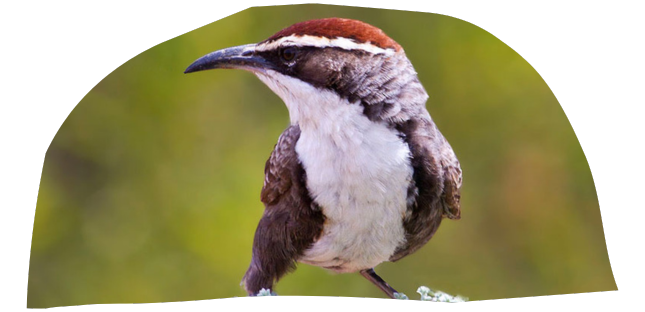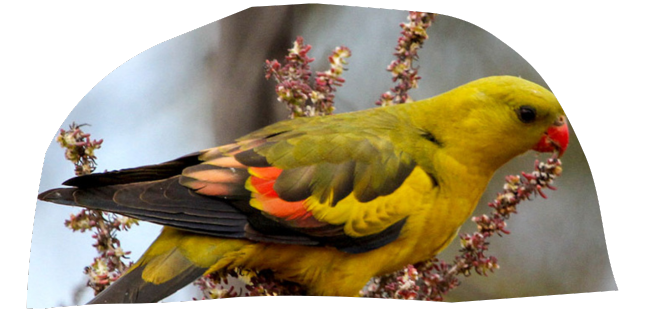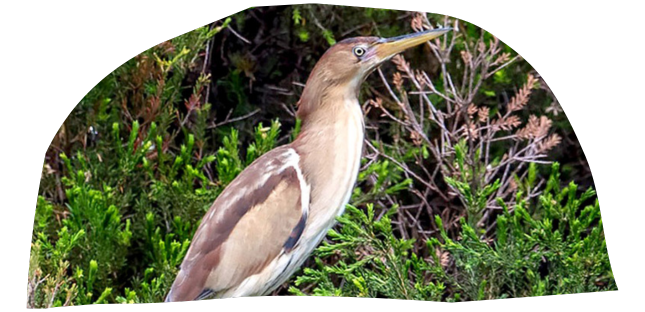Birds of Banrock Station
Banrock Station Wetlands provides a habitat for 191 different bird species.
As the woodlands continue to recover from the historic grazing of stock, there is always the possibility of seeing something new. We welcome you to visit Banrock Station and see how many of these birds you will spot.
Below are some of the birds you may be lucky enough to see when you visit Banrock Station:

Chestnut-Crowned Babbler
Like all of Australia’s babblers, the Chestnut-crowned Babbler occurs in boisterous groups which breed cooperatively. These noisy flocks forage on the ground.

Regent Parrot
The Regent Parrot is a slim parrot with a long, dusky tapering tail and back-swept wings. It is mostly yellow, with blue-black wings and tail. There is a prominent yellow shoulder patch and red patches in the wings, which show up against the dark wings in flight. The bill is deep red or pink. Females and juveniles are duller olive-green with pinkish, duller wing patches. The Regent Parrot's distinctive call is often heard long before the birds appear. This species is also known as Black-tailed, Black-throated or Marlock Parrot or Smoker.

Little Bittern
The Australian Little Bittern could be considered the consummate skulker and lurker of our wetlands. It is not much larger than the small rails but, unlike them, it rarely comes out onto mudflats or into the open, preferring to remain within or on the edge of wetland vegetation. Probably the best way of detecting this species at a wetland is by listening for their calls. Males utter a monotonous orrk-orrk-orrk, with notes uttered at 0.5 second intervals, in a sequence lasting about 10 seconds. Females are thought to give a call in a different pitch. Calls can carry at least 100 metres on still evenings. They are most vocal during the breeding season in spring and early summer, around sunset and sunrise.

Major Mitchell’s Cockatoo
Named after one of Australia’s first explorers of the inland, the Major Mitchell’s Cockatoo is much less raucous than its Sulphur-crested cousin. Its plumage features delicate shades of pink as well as a colourful crest, making this species one of the more attractive cockatoos. It spends much of its day feeding on the ground with other cockatoos (though usually separate from them) or in trees or shrubs.
